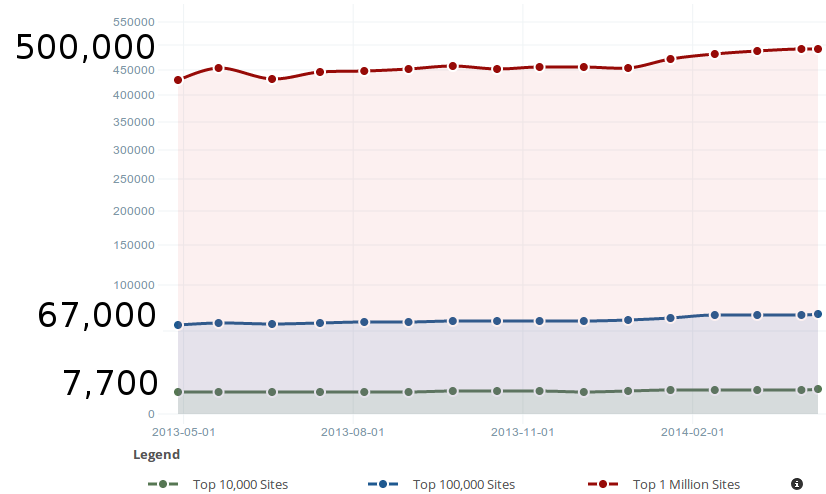/**
* A stopwatch widget
*
* @module Output
* @class chart
*/
(function ($) {
$.widget('rich.stopwatch', {
options: {
autostart: true,
direction: 'decreasing',
disabled: false,
showProgressBar: true,
increment: 100 // in milliseconds
},
_create: function() {
this.digitsElement = this.element.find('.digits');
this.startTime = this.digits();
this.digits(this.startTime);
if (this.options.autostart) {
this._createInterval();
}
if (this.options.showProgressBar) {
this._addProgressBar();
}
},
start: function() {
if (this.isRunning()) {
return;
}
this.reset();
this._createInterval();
},
resume: function() {
this._createInterval();
},
pause: function() {
this._removeInterval();
},
stop: function() {
this.digits(0);
this._removeInterval();
},
reset: function() {
if (this.options.disabled) {
return;
}
this._removeInterval();
this.digits(this.startTime);
this._trigger('reset', undefined, this._dumpUi());
},
isRunning: function() {
return !!this.intervalId;
},
digits: function(value) {
if (typeof value === 'undefined') {
return parseFloat(this.digitsElement.text());
} else if (! this.options.disabled) {
if (value <= 0) {
value = 0;
}
this.digitsElement.text(value.toFixed(2));
this._updateProgressBar();
}
},
_createInterval: function() {
if (!this.intervalId && !this.options.disabled) {
this.intervalId = setInterval($.proxy(this._decrementCount, this), this.options.increment);
this._trigger('start', undefined, this._dumpUi());
}
},
_removeInterval: function() {
if (this.intervalId && !this.options.disabled) {
clearInterval(this.intervalId);
this.intervalId = null;
this._trigger('stop', undefined, this._dumpUi());
}
},
_decrementCount: function() {
var delta = this.options.increment/1000;
var time = this.options.direction === 'increasing' ?
this.digits() + delta : this.digits() - delta;
this.digits(time);
if (time <= 0) {
this._removeInterval();
}
},
_addProgressBar: function() {
if (this.options.direction === 'increasing') {
return;
}
this.progressBar = $('<div class="progress-bar" style="width: 0%;" />');
var progress = $('<div class="progress" />').append(this.progressBar);
this._updateProgressBar();
this.element.append(progress);
},
_removeProgressBar: function() {
if (this.progressBar) {
this.progressBar.parents('.progress').first().remove();
this.progressBar = null;
}
},
_updateProgressBar: function() {
if (! this.progressBar) {
return;
}
var value = 100 - (this.digits() / this.startTime * 100);
this.progressBar.css('width', value.toFixed(4) + '%');
},
_disable: function () {
this._removeInterval();
this.element.addClass('disabled');
},
_enable: function () {
this.element.removeClass('disabled');
},
_dumpUi: function() {
return {
element: this.element,
digits: this.digits()
};
},
_getCreateEventData: function() {
// called when the widget factory fires its create event
return this._dumpUi();
},
_setOption: function (key, value) {
var widget = this;
if (this.options.key === value) {
return;
}
switch (key) {
case 'disabled':
if (value === true) {
widget._disable();
} else {
widget._enable();
}
break;
case 'showProgressBar':
if (value === true && !widget.progressBar) {
widget._addProgressBar();
} else if (value === false && widget.progressBar) {
widget._removeProgressBar();
}
break;
}
this._super(key, value);
},
_destroy: function() {
this._removeInterval();
this._removeProgressBar();
this.digitsElement.text(this.startTime);
this._trigger('destroy', undefined, this._dumpUi());
}
});
}(jQuery) );










